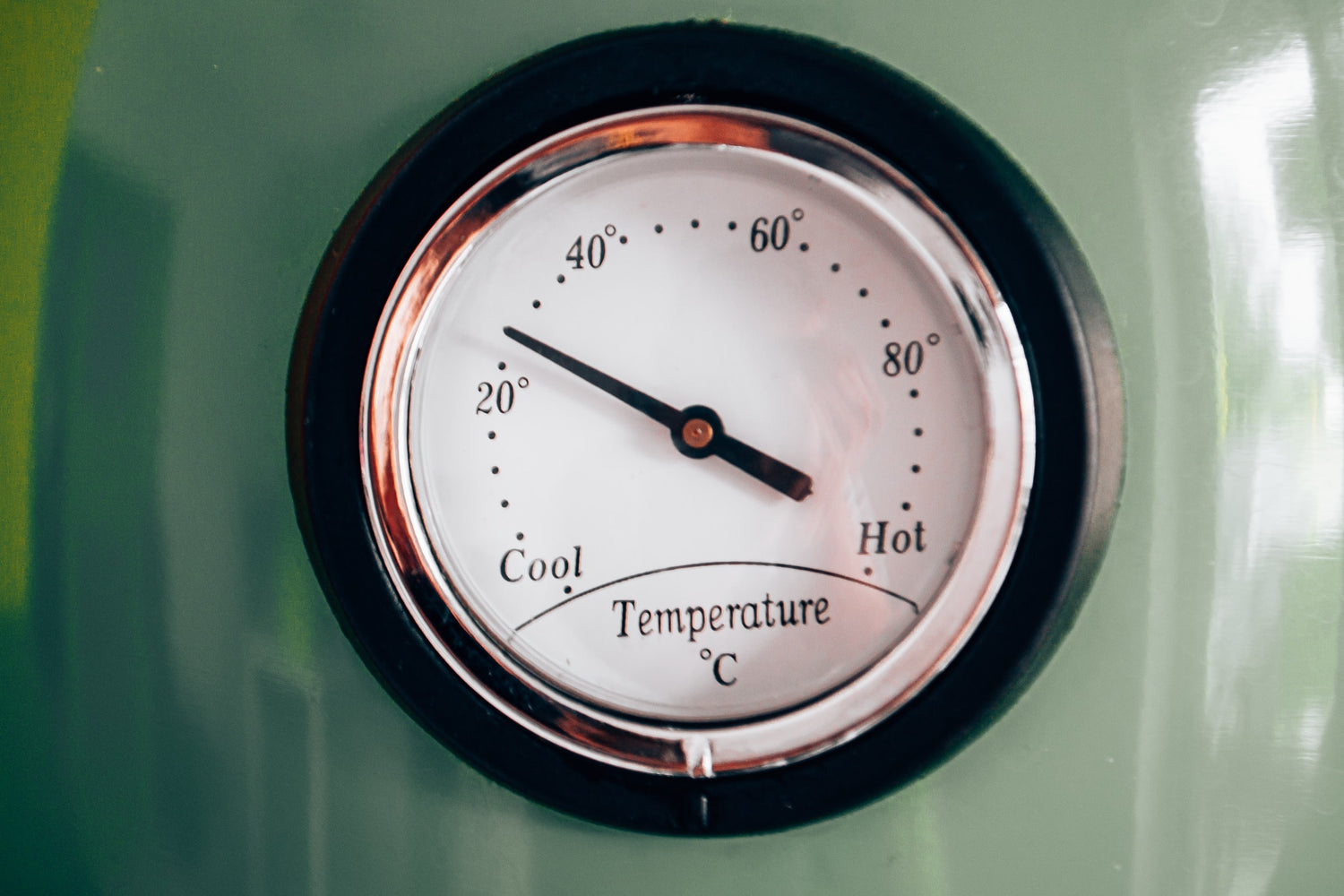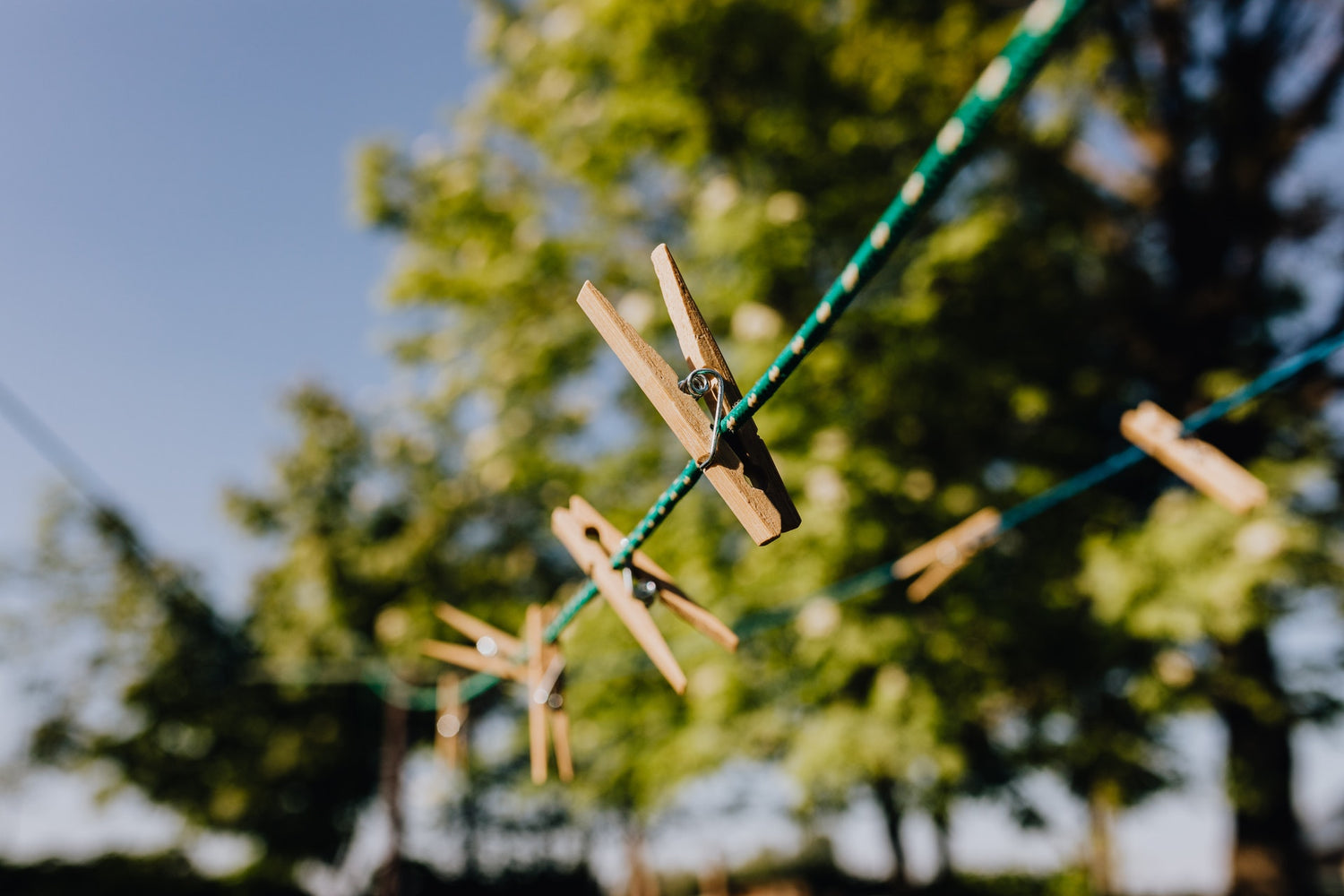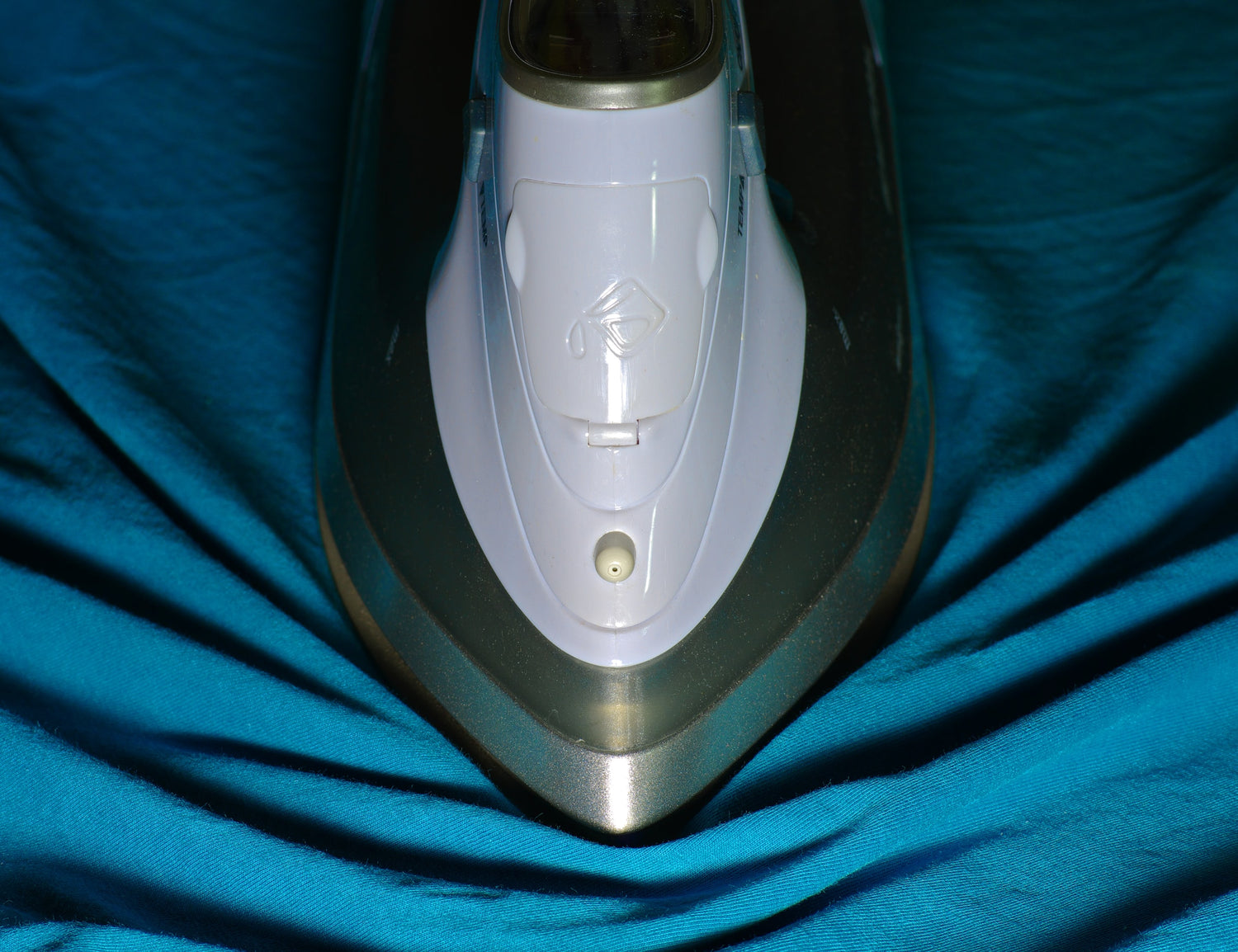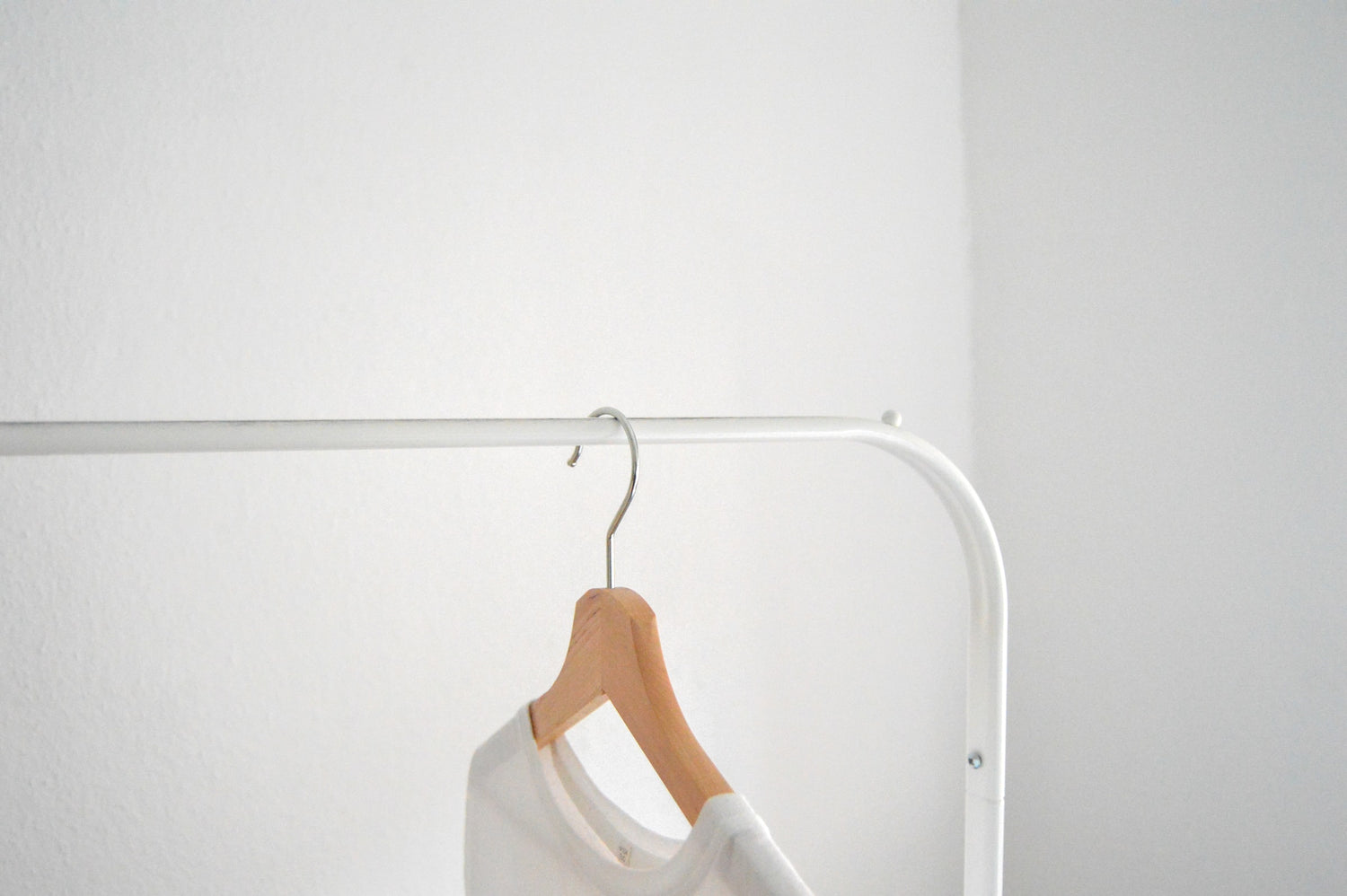
Sustainability in fashion encompasses the complete life cycle of a garment. Beyond making conscious, long term buying choices, it is also essential to be mindful of how we care for our clothes.
Aftercare
At FLÕWY, we believe that a great part of sustainable fashion is how we care for our garments. Clothing care itself accounts for around 30% of a garment’s total carbon footprint. By taking better care of your clothes, you can reduce the environmental impact of garment care and at the same time, ensure that your pieces will retain their original conditions longer.
To guide you in this process, we are committed to providing you with useful aftercare information both on the garment labels as well as in this section.
FLÕWY is a member of GINETEX, the International Association for Textile Care Labeling which ensures that we design all of our garment labels with easy-to-understand, universal symbols.
We are also a proud ambassador of the Clevercare® initiative, a worldwide campaign that aims at promoting sustainable textile care. Joining our efforts with a handful of selected brands like Stella McCartney and Peak Performance, our goal is to educate and help consumers adopt more sustainable aftercare practises.
Clevercare®

Wash Less
Studies show that garments are often washed more frequently than needed. Washing your garments less can actively help reduce your carbon footprint. Try airing and brushing your pieces to freshen them up and remove stains manually.

Lower the temperature
Lower the temperature when machine washing to save energy and extend the life of your clothes. Washing care labels indicate the highest temperature allowed, however, most detergents and modern washing machines clean your garments just as well at lower temperatures. By washing at 30°C rather than 40°C, you can reduce your electricity consumption by 40%, while being more gentle on your garments, as well.

Hang dry your garments
Air-drying your clothes does not only save energy but also preserves the shape of your items and ensures that they will last longer in your wardrobe.

Iron only when necessary
Hang-drying your clothes can also help you reduce the amount of clothes you iron and therefore save energy and effort. Hang dry your garments as soon as you remove them from the washing machine to minimize creases and folds. Often, you can also remove creases effortlessly by taking hang-dried clothes into the bathroom while showering, as the steam will naturally help remove them.

Choose an eco-friendly dry-cleaner
If dry cleaning is needed, it is best to look for an eco-friendly dry cleaner to avoid the use of harsh chemicals on your garments. Make sure to keep the care label on your item as it provides necessary information for your professional cleaner.
How to care for the material
- When washing garments made from synthetic fibers such as ECONYL®, we recommend that you use a GUPPYFRIEND Washing Bag. This will help to capture any microparticles that may be released during the wash and also prevent these microparticles from entering our waterways.
- We recommend washing your pieces at a maximum temperature of 40°C (105°F) and with a gentle laundry detergent that is preferably nontoxic.
- Please do not bleach your garment.
- Please do not tumble dry your item - instead, always hang dry.
- If necessary, iron your garment at a low setting of 110°C (230°F).
- Dry clean using any solvent except trichloroethylene (PCE).
